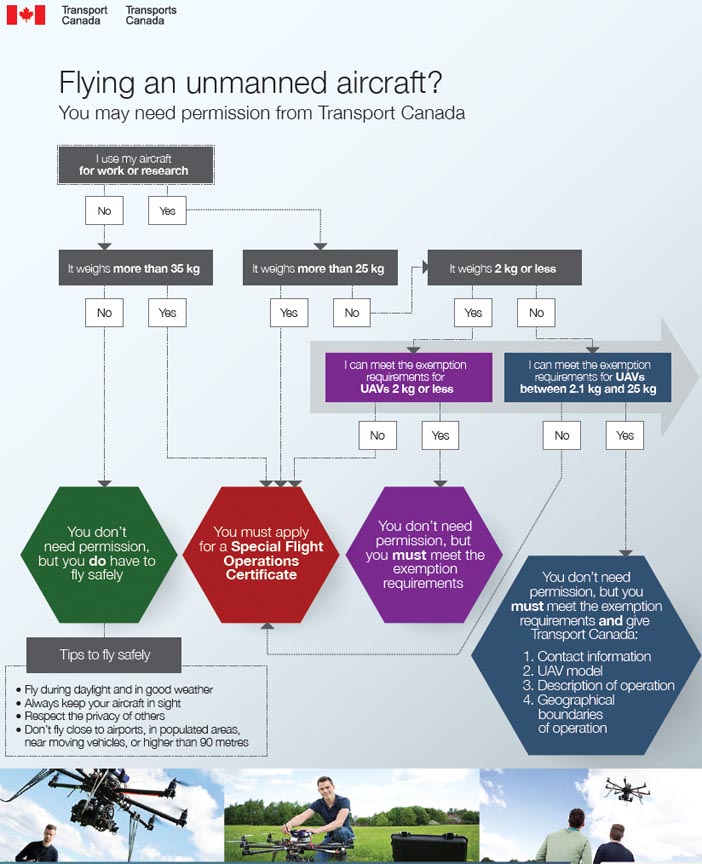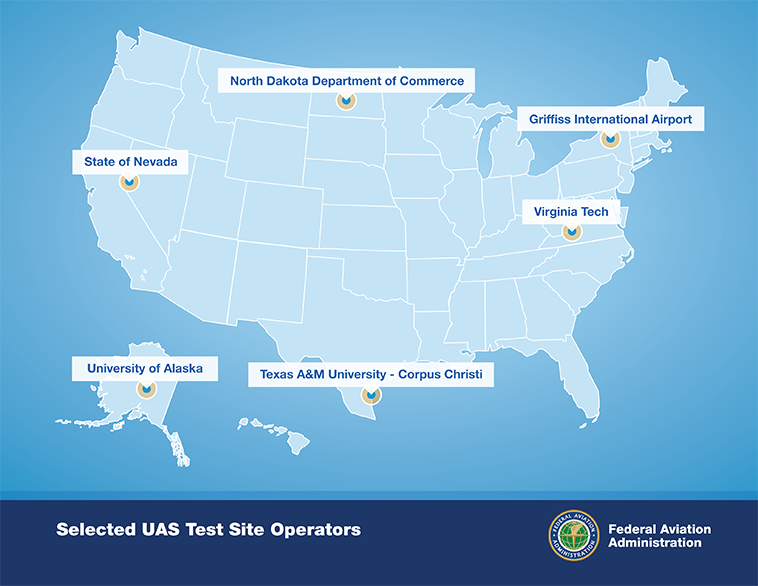 Flight management system on Airbus 319. Wikimedia Commons photo by Ralf Roletschek
Flight management system on Airbus 319. Wikimedia Commons photo by Ralf RoletschekActing on a set of recommendations by an advisory committee, the Federal Aviation Administration (FAA) announced today (October 31, 2013) the agency’s determination that airlines can safely expand passenger use of portable electronic devices (PEDs) during all phases of flight.
New guidelines for the airlines will allow the use of PEDs, typically consumer electronbics ranging from tablet computers, e-readers, and GPS receivers to small devices such as MP3 players and electronic toys, even during takeoff and landing under normal conditions.
Acting on a set of recommendations by an advisory committee, the Federal Aviation Administration (FAA) announced today (October 31, 2013) the agency’s determination that airlines can safely expand passenger use of portable electronic devices (PEDs) during all phases of flight.
New guidelines for the airlines will allow the use of PEDs, typically consumer electronbics ranging from tablet computers, e-readers, and GPS receivers to small devices such as MP3 players and electronic toys, even during takeoff and landing under normal conditions.
Current policy prohibits the use of such devices below 10,000 feet altitude out of concern that they could affect the operation of critical onboard systems, including navigation and communications. Under Federal Communications Commission (FCC) rules, mobile phones could still not be used for voice communications, although they could be operated in “airplane mode” under the expanded conditions allowed by the FAA.
The new guidelines reflect the recommendations of a Portable Electronic Devices (PED) Aviation Rulemaking Committee (ARC) in a report submitted to the FAA in September. The ARC concluded that most commercial airplanes can tolerate interference generated by PEDs.
In the report, they recommended that the FAA provide airlines with new procedures to assess if their airplanes can tolerate radio interference from PEDs. Once an airline verifies the tolerance of its fleet, it can allow passengers to use handheld, lightweight electronic devices at all altitudes. In rare instances of low-visibility, the crew will instruct passengers to turn off their devices during landing.
The ARC was comprised of experts from stakeholder organizations including airlines, aviation manufacturers, passengers, pilots, flight attendants, and mobile technology advocates/manufacturers. The group’s goal was to determine whether the use of electronic devices in today’s aircraft could safely be expanded, while ensuring that tomorrow’s aircraft designs are protected from interference.
The FAA is streamlining the approval of expanded PED use by giving updated, clear guidance to help airlines assess the risks of potential PED-induced avionics problems for their airplanes and specific operations. Airlines will evaluate avionics as well as changes to stowage rules and passenger announcements.
Each airline will also need to revise manuals, checklists for crewmember training materials, carry-on baggage programs, and passenger briefings before expanding use of PEDs. Each airline will determine how and when they will allow passengers broader use of PEDs.
The new policy modifies a decades-old approach to the issue that, while leaving to airline operators the authority for allowing the use of PEDs in flight, offered “no clear industry/regulatory guidance” on methods to demonstrate whether such use was safe, according to the PED ARC report. FAA “recommended procedures for operators” prohibited the operation of a specific PED unless it had been evaluated and was listed in an FAA advisory circular. The proliferation of consumer electronic devices in recent years had made case-by-case evaluation of such products impractical.
Airlines face an additional requirement to insure that PEDs approved for use on aircraft do not interfere with the plane’s highly sensitive communications, navigation, flight control, and electronic equipment. An airline must show it can prevent potential interference that could pose a safety hazard, according to the FAA announcement.
Early studies of PED interference concluded that portable FM radio receivers caused interference to navigation systems such as VHF omni-directional range (VOR) navigation systems still in use on most transport category aircraft. Moreover, GNSS ground-based augmentation systems (GBAS) that increase the accuracy and integrity of GNSS for landing approach guidance transmit correction signals via VHF radio transmissions.





